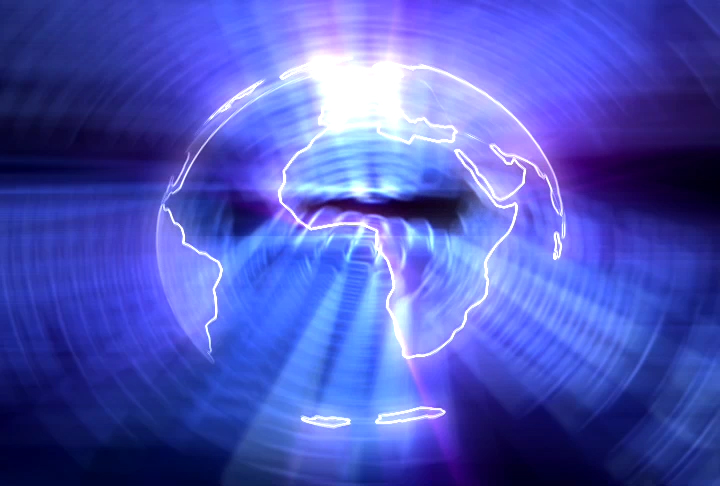Difficulty Level: Beginner – Intermediate
In this short tutorial, I’ll be outlining the basic building blocks and processes involved in creating ambient soundscapes. By implementing this technique, you can begin to make your own simple soundscapes immediately.
Ambient soundscapes are called upon frequently by composers for film and video games due to their diverse applications. A well-designed soundscape can hold its own as a standalone texture or as an accompaniment to a more thematic section.
While you can find a lot of quality atmospheric soundscapes in today’s sample libraries, learning how to create your own is an invaluable skill to possess as a film or video game composer. Original atmospheres and subtle textures can really help you beef up your compositions, define your own musical voice, and ultimately make your clients happy, so if you haven’t already ventured into the ambient arts, you might like to start today.
For some extra inspiration, I have included three example ambient soundscapes that I created for use in video games, either for menus or gameplay. Each of the following audio examples demonstrates the techniques covered in this article. Enjoy!
Editor note: Need some exotic sounds for your own ambient soundscapes? Use the promo code *MIDIFILM17* to get a free month’s access to over 2 million quality sounds available for individual download (affiliate link).
The Basic Process of Creating Ambient Soundscapes
When you make a cake, you start with flour and eggs. When you make an ambient soundscape, you start with strings and vocals. (At least, a significantly large proportion of the atmospheres you hear are made up of these ingredients.)
1. Let’s start with the strings. When selecting your string samples, go with the highest-quality instruments you have. The higher the fidelity, the more pleasing the result will be. You could pick some cello tremolos, some extremely pure non-vibrato violins, or any combination of anything in between.
2. Create your chordal material. Consider what you want your soundscape to sound like. If you want it to be indefinite pitch (with ambient material, you can get away with this), then lots of chromaticism (notes outside of the key) is recommended.
For a more refined approach, try mixing collections of chords you wouldn’t normally use — a G major on top of an F# minor, for instance. The reverb and delay will be very forgiving.
3. If your setup has the option, increase the attack on the instruments drastically. Remember, we aren’t trying to create an idiomatic sound here, so you aren’t bound by traditional principles of instrumentation and orchestration. We’re aiming for an abstract sound, so don’t be afraid to get extreme with the settings.
4. Add a delay/echo plugin. The exact specifications of this plugin are up to you — tweaking is part of the creative process.
5. Add reverb … lots of reverb! Go crazy and experiment here. For example, you could try out a massive room size with maximum reflection settings. You could even try setting the plugin to 100% wet and 100% mix.
6. All of these elaborate plugins can take a toll on the mix quality of the track. Make sure nothing is clipping your levels, using compressors and limiters as needed.
7. Next, we need to add the vocal element. If you have good-quality solo vocal samples, these work fantastically. Alternately, choral samples will also do a very good job.
8. Repeat steps 2-6 for the vocal track. Try to make some different decisions for each, rather than duplicating chordal textures and plugin settings exactly. This will add complexity to your atmosphere.
9. Mix the two tracks together however you feel works best: One might be much more dominant, or they might be equal. Alternately — and much more interestingly — you could apply automation to vary the focal sound.
Following these steps will give you a very basic atmosphere that you can then go ahead and really start messing around with. Until you do that, your ambient soundscape is likely to sound unoriginal and probably isn’t going to be a revolution in terms of texture. But it’s a good starting point!
Here are a few tips you can work with to take your atmosphere to the next level:
Change the Ingredients of Your Soundscape
Unlike a cake, which has to contain eggs and flour, a musical texture isn’t so rigid in its ingredients. For a truly original sound, you’ll need to deviate from the basic string and vocal sounds. Think about more abstract sound sources — they don’t even have to be instruments at all. If you have recording equipment, you can make some noise with objects you find lying around the house and record your own samples.
Try Juxtaposing Articulations
The textures we dealt with above tend to be very legato and fluid. To add some variety to your atmospheric soundscape, consider merging it with a sound opposite in nature (staccato and plucked). Guitars can work very well here, but there are a plethora of other sources to choose from.
Make Your Soundscape Dynamic, Not Static
To keep things interesting, don’t just rely on shifting harmonies. The harmonic rhythm in ambient soundscapes can be extremely slow (or even non-existent) and still hold a listener’s attention. Instead, you could maintain musical interest by using automation to shift the timbre or dynamics at varying rates.
Create Your Own Ambient Soundscape … Right Now! Do It!
To get an atmospheric background that really stands out, try doing something that nobody else has done before. While tutorials like this can give you a handy starting point, don’t rely on being told what to do — the best way to master any new technique is by spending time composing and messing around with the settings in your DAW.
Do you have any awesome tips for creating ambient soundscapes? Share them with us in the comments!

Leave a Reply